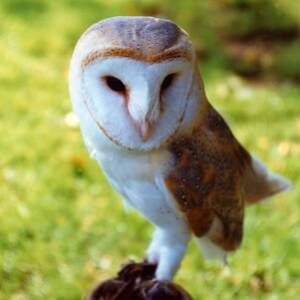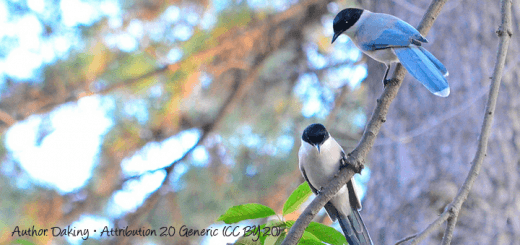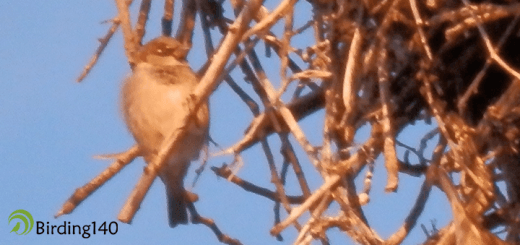 The European barn owl population is in an alarming situation. There are between 100,000 and 210,000 pairs with a decrease in recent years of around 20% in most European countries. Today, it is considered a species requiring conservation measures (SPEC) and is included in the IUCN Red List of Threatened Species.
The European barn owl population is in an alarming situation. There are between 100,000 and 210,000 pairs with a decrease in recent years of around 20% in most European countries. Today, it is considered a species requiring conservation measures (SPEC) and is included in the IUCN Red List of Threatened Species.
BirdLife launched the NOCTUA project to carry out an annual census to find out more about the evolution of the population of this nocturnal bird of prey during the reproduction stage.
Although the species widespread in the United Kingdom, between 1950 and 1960 it was badly affected by organochlorine pesticides such as DDT. It is calculated that between 1930 and 1970 it suffered a 70% reduction due to the disappearance of traditional farming methods and land consolidation which caused the disappearance of farmers’ homes and of the boundaries it hunts in.
On top of all this, were car accidents and intoxications by rat poison. Also, due to the reduction in places to nest, the barn owl was forced to compete with the tawny owl for the few remaining reproduction sites.
At the end of 1990, the first reliable estimate was taken in the United Kingdom, which concluded that there were only 4,000 pairs. This was a worrying situation. Today, according to BTO, 30% of deaths in the species are due to car accidents. These are followed by starvation in early life (because the success of breeding depends on the rodent population), electrocution and poisoning. In the rest of Europe the situation is no different.
As if the owl’s problems weren’t bad enough, there has also been an increase in cases of hybridization between subspecies, causing a decrease in their genetic variability. The most common cases are occurring between the subspecies of Tyto alba alba, typical of Western Europe, and Tyto alba guttata, originally from the north and east of the continent.
The bird nests in areas inhabited by man, such as bell towers, barns or country houses. Increased contamination, in addition to roof and roof terrace renovations on old buildings, has resulted in a decline of the species in cities and its exodus to parks and cemeteries.
Groups such as The Barn Owl Trust in the United Kingdom, and BRINZAL in Spain are fighting for a recovery in this “white lady of the night”. Their actions include setting out nesting boxes, reinstating more sustainable agriculture and citizen awareness programmes. We hope these will help the species to make a speedy recovery.
If you have enjoyed this post please share it on your social networks.











